The ‘intelligence’ of Oriel Systems’ intelligent telemetry outstations
A natural component of any successful telemetry installation is the outstation. Also referred to as the Remote Terminal Unit (RTU), this data collection device operates for 24 hours each day, gathering from a particular remote site’s sensors all of the information that is then relayed back to the main office. Amongst the Oriel Systems (http://www-orielsystems-com.orielsystems.com) product range are video and low power outstations for various purposes, as well as its Intelligent Telemetry Outstation (ITO).
It is this latter product that can be attached to various different types of IO module, or even PLCs and other intelligent devices, as part of its programmed monitoring and control of a remote site’s plant equipment. This arrangement allows for the full configuration of the telemetry system for a particular site, with the option also being there for further functionality enabling the connection of the unit to the client’s own specialist hardware. Various communication transmission options exist so that the unit and master station can be connected, with a live feed being reported of site events and previously recorded values sent back as required.
Amongst the possible communication options are, for unlicensed frequencies, GSM / GPRS / 3G, Low Power Radio Outstation 10mW – 750mW complying with MPT1329, (now replaced by the ETSI Standard EN 300 220), while Low Power Radio Outstation 100mW – 5Watt complying with MPT 1411, (now replaced by the ETSI Standard EN 300 220, EN 300 113, MPT1411) exists for licensed frequencies. Serial protocols RS232 / RS485 are also possible, besides standard telephone provider landline, broadband or PSTN.
It is possible to connect Oriel Systems’ ITOs to either digital or analogue signal outputs from the likes of Ultrasonic level sensors and Guided Microwave sensing equipment, while these telemetry systems can also have counter frequency outputs brought into them, such as from pumps for the purpose of measuring product consumption or movement. Functions such as the remote opening and closing of valves can be controlled via control outputs, while the system can also alert the operator, in such a form as a text or email, in the event of any remote site parameters being exceeded.
The ITOs of Oriel Systems are proven for a wide range of applications, from flood alleviation schemes and land drainage to flood defence and borehole water extraction, in the water industry alone. Meanwhile, the printing, fuel, gas, chemical storage and similar industries have continually turned to these telemetry solutions as a means of remotely monitoring/gauging the chemicals, fuels, ink or other products carried by tanks or silos.
The supplier can, with the assistance of Remote Inventory Management and Vendor Managed Inventory solutions, remotely monitor customers’ product stock levels and therefore save costs on the transport needed to top them up, as part of a “Just in Time” delivery philosophy. Contact Oriel Systems (http://www-orielsystems-com.orielsystems.com) now about putting in place an effective tank or silo monitoring system.
Case studies
Don't just take our word for it, have a look at the our previous studies from a long list of prestigious clients.
Distillery Tank Level Monitoring System
Oriel Systems was asked to provide a tank level monitoring system for a leading distillery in Scotland. The system was … Continue reading Distillery Tank Monitoring

Environmental Monitoring System
Oriel Systems were asked to implement a standalone monitoring and control telemetry system for a global leader in dairy products. … Continue reading Environmental Monitoring System

Internal Drainage Board
The Challenge was to provide remote monitoring of water levels and machinery/ pumping equipment as well as fault alert and … Continue reading Internal Drainage Board


 01249 705070
01249 705070